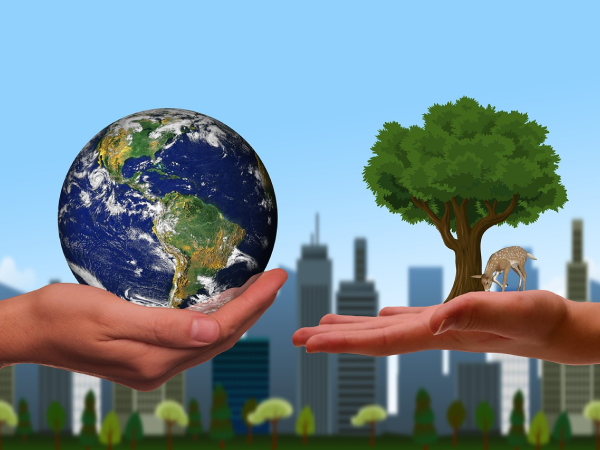
How sustainability is becoming part of property development
Green building practices and sustainable property development are steadily becoming part of the construction agenda in South Africa. With new developments and estates being built all the time, it has become imperative for property developers to consider their carbon footprint and the environmental impact of their operations.
As climate change is one of the most significant issues facing the generations to come, Seeff takes a look at ways in which we can care for the environment while providing housing for a population with burgeoning needs.
Share This Post
Sustainable property development defined
The term “sustainable property development” has become something of a global buzzword, and refers to buildings which are developed with environmental concerns in mind, and which do not deplete natural resources. Around the world, countries are working to achieve net-zero emissions and that means finding ways to construct buildings the sustainable way. It also means trading cement – which is notorious for being responsible for 8% of global emissions – for other sustainable products and finding ways to be energy efficient and waste efficient.
Why is sustainability in construction so important?
According to data from the World Green Building Council, buildings are the culprit for more than 40% of global greenhouse gas emissions. While governments have come under pressure to initiate transformation in this sector, members of the public are also driving the cause. They are showing a strong preference for real estate that has been built with sustainability in mind. Once a home has been built, getting it in line with environmental standards is extremely challenging and costly, so increasingly, would-be homeowners are looking to buy in sustainable developments.
Given the global agenda around sustainability and the ongoing drive to achieve net-zero emissions, it is clear that sustainable materials are the future of property development. In addition, following sustainability protocols is the blueprint of the future for developers. Over the years, there have been several sustainable developments which have captured buyer and investor interest. The popular Park Central development in Rosebank, for example, has been built with sustainable features related to energy efficiency and lighting. These include hot water generated through centralised gas heating, water-wise sanitary ware, LED lighting and centralised air conditioning.
How can buildings be more environmentally friendly?
There are many ways in which property developers can now design and create buildings that include environmental concerns in their foundations. For starters, careful design means that buildings can offer better airflow, which in turn reduces the need for air conditioning.
The choice of materials used is extremely important. While cement is said to be responsible for a relatively high percentage of global emissions, great strides are being made in the use of alternative products. AshCrete, for example, is made from fly ash, bottom ash, borate and a chlorine-based chemical. This product has double-sided advantages, being made from 97% recycled materials and being approximately twice as strong as Portland cement.
Another great product available to South African construction companies is Ferrock, which is created from waste steel dust and silica from ground-up glass. Approximately 95% of the material used to make up Ferrock is recycled, and the product has shown itself to be both stronger and more flexible than Portland cement. Other products making a difference both locally and globally include timbercrete, hempcrete and recycled plastic.
Other methods of making buildings more environmentally friendly include tinting windows, adding solar panels and solar-powered appliances to offset electricity usage, using water-saving techniques and installing energy-efficient lighting, both inside and outside the building.

Quick facts about sustainable property development and the property market
- In construction, the phrase “sustainable development” refers to everything from site selection and sustainable design criteria to on-site construction practices and the use of appropriate machinery. Property investors are looking for homes that have been built sustainably from the ground up.
- Would-be buyers are now looking for properties that have been sustainable constructed as well as property features like solar panels, rainwater tanks, double glazing and boreholes.
- Water-wise gardens are another feature that go hand in hand with sustainable properties. Important aspects of gardens include indigenous plants and composting systems.
Sustainability and property development have become phrases that go hand in hand. Seeff is proud to introduce an ever-increasing number of sustainable properties on the market. Contact us for more information or assistance in finding the perfect home.







